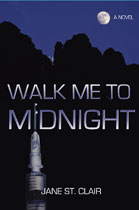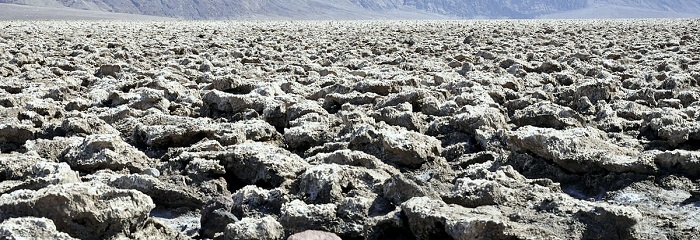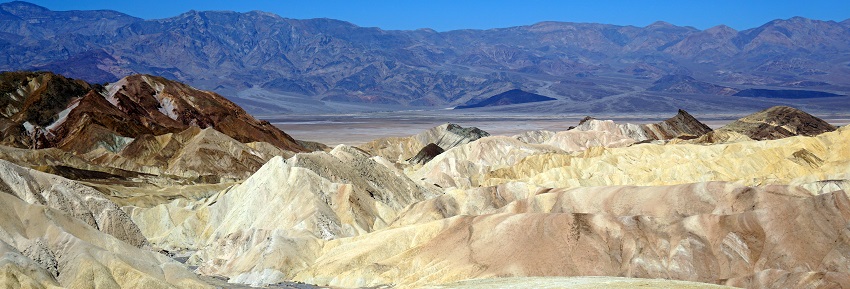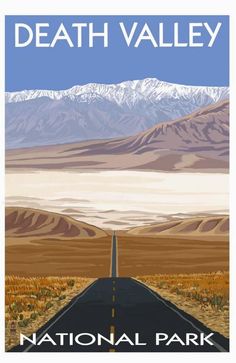by Jane St. Clair
Death Valley has this bad-ass reputation. The Hottest. The Driest. The Lowest spot in North America. It’s got Hells Gate and Furnace Creek. As you drive toward Death Valley, signs warn you — “Extreme Heat” … “No gasoline for miles” … “You don’t want to go there” … “Are you crazy? Go home already.”
Abandon all hope all ye who enter here.
Its roads seem to go on and on to nowhere.
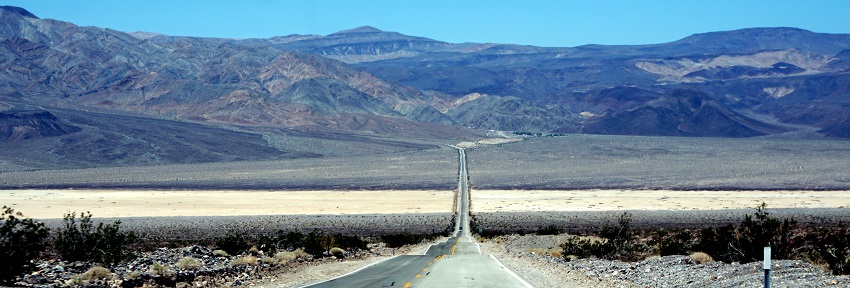
And yet Death Valley is eerily beautiful in its own way with its amazing rocks in strange formations you won’t see anywhere else. The Native Americans in Arizona say that every rock as well as every plant, animal and human has its own Kachina or spirit. I finally understood what they mean by Rock Kachinas for the first time in Death Valley.
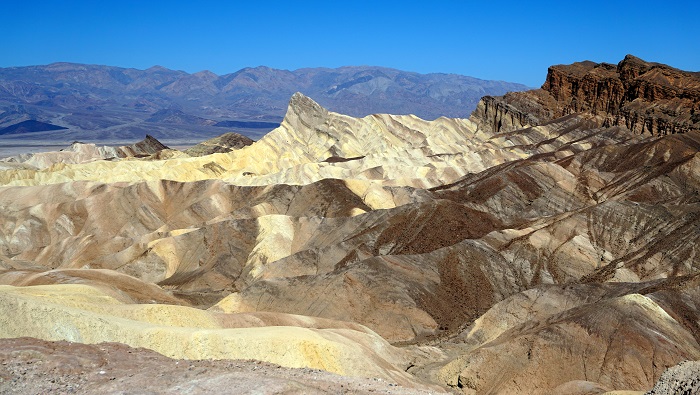 At Zabriskie Point you can look up and see these bizarre white rocks, so white in the noon August heat that they blind your eyes. One rock shaped like a majestic white shark sails forward into the sky —
At Zabriskie Point you can look up and see these bizarre white rocks, so white in the noon August heat that they blind your eyes. One rock shaped like a majestic white shark sails forward into the sky —
while others knoll and fold and peak like folds of luxurious cloth to form a beautiful three-dimensional abstract work of art.
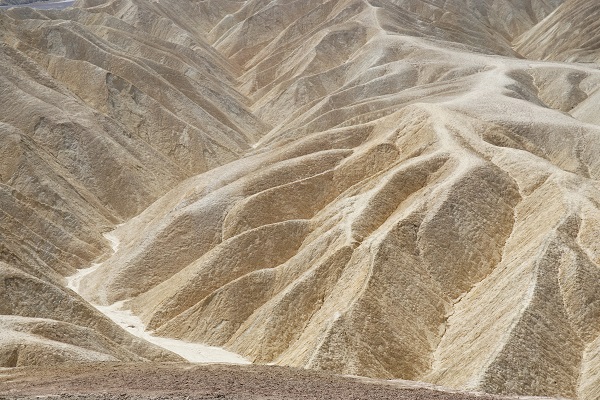
This strange foreboding place lets you see for miles and miles and reminds you that the space between things is just as important as the things themselves —
–and that a simple substance like salt can be very beautiful.
Death Valley is home to a thousand species of plants and a thousand kinds of animals, but on that soundless still day in summer when I went there, I heard no birds singing or animals burrowing or leaves rustling or any of that. I wondered how this expanse of whiteness could provide cover for coyote or puma — two of the creatures that call this place home.
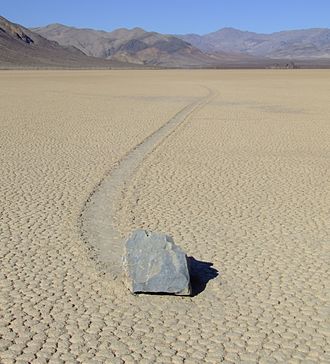 If anything, Death Valley has a spooky quality where unexplained events occur — such as rocks that slide by themselves, perhaps propelled by poltergeists.
If anything, Death Valley has a spooky quality where unexplained events occur — such as rocks that slide by themselves, perhaps propelled by poltergeists.
And yet despite the spectral qualities and loneliness of this landscape, I think I would go there again and I think I could learn to love this fearful and fierce place, and to agree with the seeker who said, “How can we feel so much fear in the face of these rocks and mountains when they are at once so wonderful?”
For more information on visiting Death Valley National Park in California, see Death Valley National Park
Updates: Carbon Culture Review has a terrific issue on the intersection of technology, art and literature– Read Jane’s piece ScreenBytes
Wising Up Press has just published a new book about relationships between brothers and sisters – Jane’s piece “Talking Berkeley Down” is included. See SIBLINGS: Our First Macrocosm
Read Jane’s funny flash fiction “Husky” The Reject Pile

